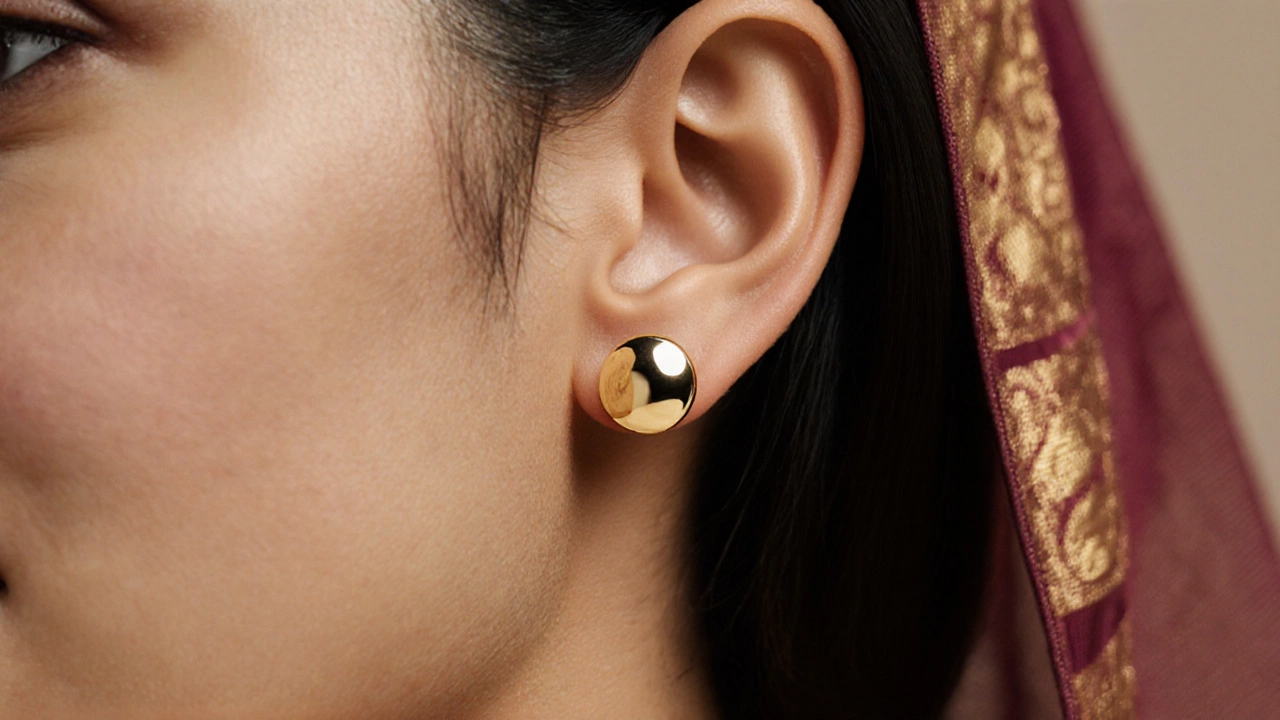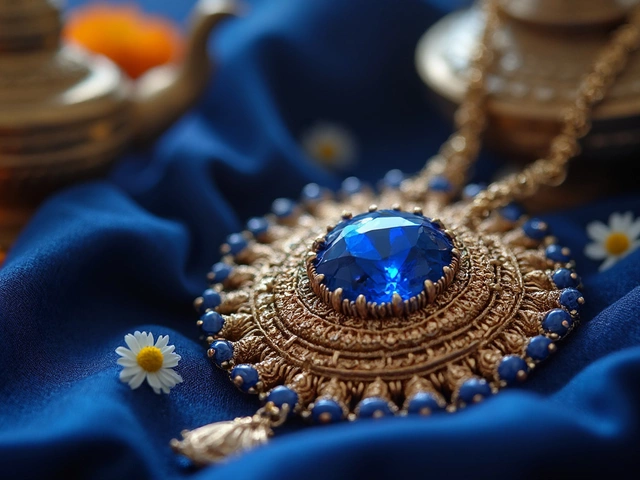Stud Pattern Types – A Complete Guide
When exploring Stud pattern types, the different shapes and mounting styles used for stud earrings. Also called stud designs, they shape the look of any stud earrings, post‑mounted pieces that hug the ear and influence jewelry design, the broader art of creating wearable ornaments. Understanding the link between gemstone settings, how stones are secured in a piece and pattern choice is key for both aesthetics and durability. Stud pattern types encompass round, square, bar, and intricate geometric forms, each creating a distinct visual rhythm on the earlobe. Choosing a pattern requires assessing metal type, such as gold, silver, or platinum, because the alloy impacts weight, hypo‑allergenicity, and how the design holds up over time.
Why Pattern Matters in Everyday Wear
Every pattern carries practical implications. A low‑profile round stud minimizes snagging, while a larger bar design can showcase a central gemstone more dramatically. The relationship between pattern and metal alloys, the mix of metals that give a piece its strength and color determines whether a design feels light enough for daily wear or sturdy enough for special occasions. Gemstone settings—prong, bezel, or channel—directly affect how a pattern displays sparkle and protects the stone from loss. For instance, a bezel setting wraps the stone, complementing a square pattern and enhancing durability, while a prong setting works best with delicate round designs to maximize light entry.
When you know how these entities interact—pattern shapes, metal choices, gemstone settings—you can pick studs that match your style, budget, and lifestyle. Below you’ll find articles that break down popular patterns, compare metals, explain setting options, and give care tips, giving you the confidence to choose the right studs for any occasion.
What Is the Most Common Stud Pattern in Gold Jewelry?
Explore why the classic round‑face stud is the most common gold jewelry pattern, see how it compares to other styles, and learn tips to spot and care for authentic pieces.





